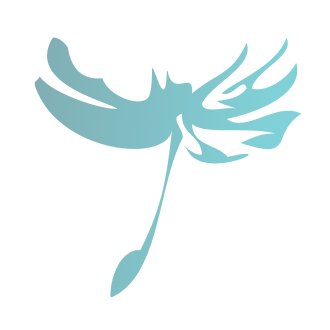Side view (right) (was III A 842-Rio) | Photographer: Claudia Obrocki | Rights management: Ethnologisches Museum, Staatliche Museen zu Berlin
Attribution - NonCommercial - ShareAlike 4.0 InternationalIndex card | Photographer: | Rights management: Ethnologisches Museum, Staatliche Museen zu Berlin
Attribution - NonCommercial - ShareAlike 4.0 InternationalStringed instrument "rhabab" (bowed harp) The two long sides of the boat-shaped wooden body are strongly curved inwards between two peg-like projections. A skin completely enveloping the resonator and the base of the neck and sewn together on the underside of the shell. The neck is a round piece of wood that is only slightly curved and straight in the upper section. Shaft shape. Five slender, left flank pegs made of wood with offset pegheads. The original strings made of plant material are only fragmentary (since replaced). Two diagonally arranged, round membrane openings. A fully sculpted human head with a high hairstyle at the end of the neck. Below the sculpture a full-surface, opposing notched pattern. Ankermann: 14-16 (with illus.). Kubik 1983a: 390 (with illus.). Krieger, Kurt: Westafrikani- sche Plastik, vol. 3, Berlin 1969, p. 99 and ill. 358 (= Veröffentlichungen des Museums für Völ¬kerkunde Berlin, Neue Folge 18, Abt. Afrika V). from Ulrich Wegner: Afrikanische Saiteninstrumente, Staatliche Museen Berlin - SPK, 1984 (appendix object catalogue)
Cataloguing data
Width: 16 cm
Height: 35,9 cm












